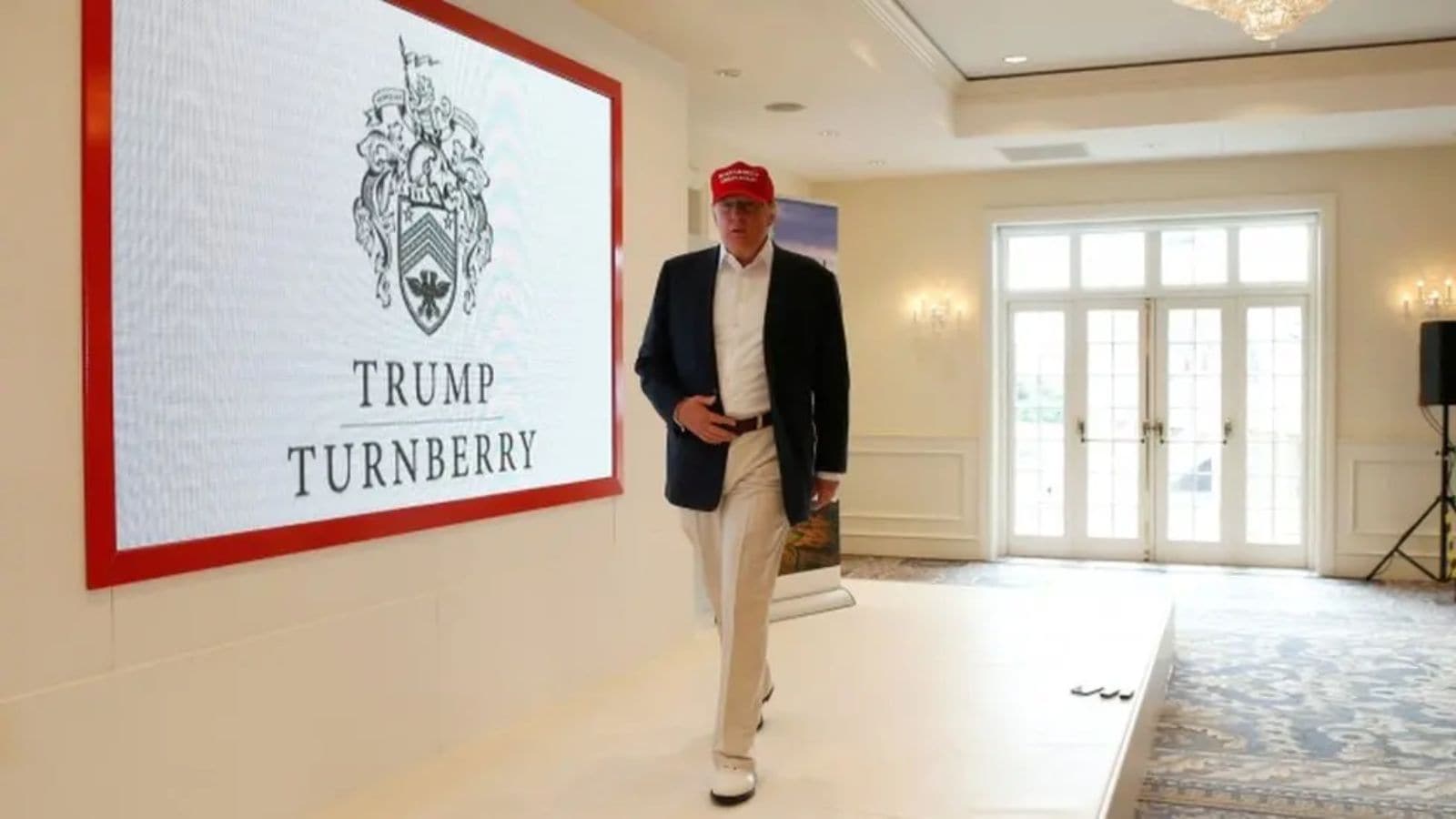Last week, Reserve Bank of India (RBI) Governor Sanjay Malhotra highlighted India’s “bright prospects in the changing world order,” suggesting that “opportunities are there for the taking.” This optimistic assertion raises an important question: will India be able to seize these emerging opportunities in a rapidly evolving global landscape?
The backdrop to Malhotra’s pronouncement includes a significant column published on August 7, 2023, in the New York Times by Jamieson Greer, the US Trade Representative. In this piece, Greer described the “current, nameless global order” as the ‘Turnberry system,’ a term that reflects the ongoing restructuring of global trade dynamics under the influence of the U.S., particularly during the latter years of the Trump administration.
The term “Turnberry” references a luxury hotel and resort owned by Trump in Scotland, where notable trade negotiations occurred with European leaders. The result was a controversial bilateral trade agreement ensuring the EU would face a 15% tariff on imports to the U.S. and invest significantly in American energy products. This deal was met with criticism, labeled a “capitulation” by some, with experts like Julian Hinz arguing that it undermines the principles of the World Trade Organization (WTO) by deviating from established tariff norms.
Greer’s discourse boldly dismisses the WTO, critiquing its principles as outdated, particularly the notion that tariffs should be uniform among member nations. He argues for a reformative approach that prioritizes concrete national interests over vague aspirations rooted in multilateral institutions.
### Reassessing Bretton Woods
Greer’s column provocatively suggests that the Bretton Woods system’s legacy is now manifesting through what he calls the Turnberry system, a concept he describes as “untenable and unsustainable.” While the U.S. has historically sought to lower barriers abroad, Greer posits an era of reshaping global trade that favors American manufacturing. This perceived shift is seen as necessary to counteract what he views as China’s disproportionate advantage in global trade.
Greer argues that the Turnberry system aims to foster an environment in which nations prioritize their economic and national security interests, thereby rebalancing trade relationships. Instead of promoting a collective reduction of tariffs, the U.S. is transitioning to a model that fortifies its manufacturing sector. This variation of tactics includes higher tariffs as a tool for “swift retribution” against any detected non-compliance by trade partners—a marked shift away from traditional dispute resolution.
### The Implications of the Turnberry System
What does this mean for countries like India, who find themselves at a crossroads in the global economy? The Turnberry system seeks to create a framework that serves U.S. interests primarily, raising concerns about its impact on global trade stability. India, with its growing economy and ambitions to be a manufacturing hub, faces the challenge of navigating this landscape where U.S. interests take center stage.
The U.S. administration’s potential to impose strict tariffs serves as a double-edged sword. On one hand, it might incentivize countries to align more closely with U.S. economic interests, but on the other, it risks making trade negotiations more precarious and uncertain, particularly for nations striving for independence and self-sufficiency.
### Academic Perspectives on the Turnberry Shift
Scholars have voiced concerns about the sustainability of the Turnberry system. Robert Z. Lawrence, a prominent economist, argues that such a focus on tariffs may not effectively resolve trade imbalances. He describes efforts to resurrect U.S. manufacturing jobs at the cost of broader economic disruption as short-sighted. His perspective aligns with a growing body of literature critical of the effectiveness of bilateral negotiations in achieving a balanced trade outlook.
As tensions in global trade escalate, particularly between the U.S. and its perceived adversaries, the importance of multilateral dialogue is underscored, albeit in a somewhat contradictory frame. The push against WTO norms may weaken the very foundations of international trade agreements that have historically facilitated global cooperation.
### India’s Position in the New Order
For India, the geopolitical turbulence associated with the Turnberry system offers both challenges and opportunities. The Reserve Bank of India’s acknowledgment of “bright prospects” suggests an implicit belief in India’s ability to adapt and thrive amid these changes. With a population exceeding a billion and a burgeoning technological landscape, India is positioned strategically to leverage its market potential.
However, confronting the U.S. tariffs could lead to heightened scrutiny of India’s own trade policies, requiring the country to engage more rigorously in negotiating favorable terms with both the U.S. and its regional partners. As countries scramble to position themselves advantageously within the Turnberry framework, it becomes essential for India to refine its strategies for export promotion and domestic market enhancement.
In this complex web of shifting alliances and economic strategies, the clarity of India’s position will largely depend on its diplomatic agility and willingness to engage in a global dialogue that balances its national interests with the broader dimensions of a changing world order.



